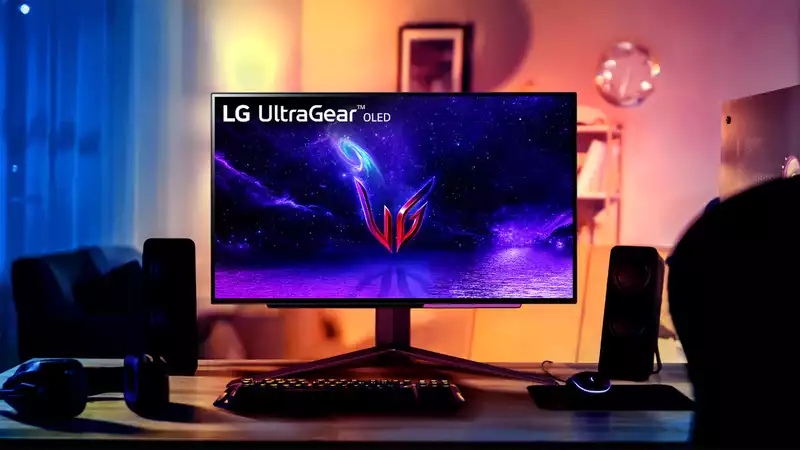It's been a very long time coming, but OLED technology has finally made its way to the PC. But there's a problem with that: the first wave of OLED PC gaming monitors, including Alienware's 34-inch monitor (opens in new tab), the LG UltraGear 27GR95QE-B (opens in new tab), and the Dough Spectrum ES07E2D (opens in new tab) None of these use truly PC-specific panels.
So, for example, 32-inch 4K OLED gaming monitors have yet to appear. Instead, all of the monitors we have seen are closely related to OLED TV panels. Yes, even the 27-inch 1440p panel. [In fact, the specs for a 27-inch 1440p panel are essentially the same as a 42-inch 4K screen with respect to pixel density.
On the other hand, 4K 32-inch panels have a much higher pixel density, and as Dough product manager Rob Windhouwer said earlier this week (opens in new tab), it's a whole different ballgame when it comes to panel technology. At the moment, lack of brightness and pixel size issues are preventing such displays from becoming a reality," Windhouwer said. But we expect them to become a reality by late 2024."
Roughly speaking, the higher the pixel density, the lower the pixel aperture ratio (a measure of how much of the pixel structure emits light), and thus the lower the brightness.
Furthermore, the higher the pixel density, the higher the power consumption and heat generation tend to be. The problem with extra heat, of course, is that it increases the risk of burn-in, an age-old OLED weakness
.
It is this extra heat buildup that limits the full-screen brightness of many current OLED TVs; OLED technology can usually achieve fairly high brightness for small windows or objects, but is quite limited for large areas and full-screen lighting.
Typically, OLED TVs use an ABL (automatic brightness limiter) algorithm to manage luminance according to the rate at which the panel is driven to higher levels. Increasingly, heat sinks are also used to increase the brightness level of OLEDs.
Anyway, the net result at this point is that OLED technology is well suited for projecting small, bright objects on dark backgrounds, with peak brightness levels potentially reaching 1,000 nits or more. Examples include a star field, a neon sign in a moody bar, or a flaming torch carried in a dungeon. However, when rendering an outdoor scene in the hot sun, the peak brightness may fall below 200 nits.
For now, it is cheaper and easier to stick with 1440p in 27" and other shapes and sizes with pixel densities that allow the monitor to derive from TV OLED panel technology.
Creating the higher-density displays that are more common in PCs, such as 27-inch and 32-inch 4K monitors, will require custom-made panels that can drive higher peak brightness levels despite their narrower pixel pitch.
Of course, high-density OLED panels are common in smartphones and are becoming available in laptops and tablets. In other words, the technology exists. However, managing the heat and power consumption of a 6-inch cell phone panel or a 15-inch laptop screen is not the same as a large 32-inch desktop display. [Therefore, many of next year's OLED gaming monitors are likely to be derived from TVs, rather than truly PC-specific. So expect to see more 27" 1440p panel 34" 1440p ultrawide options; higher density OLED gaming monitors, such as 32" 4K panels, will not appear until at least 2024 or later. Also, such displays are likely to be very expensive, as they are not derived from mass-produced television technology.


Comments